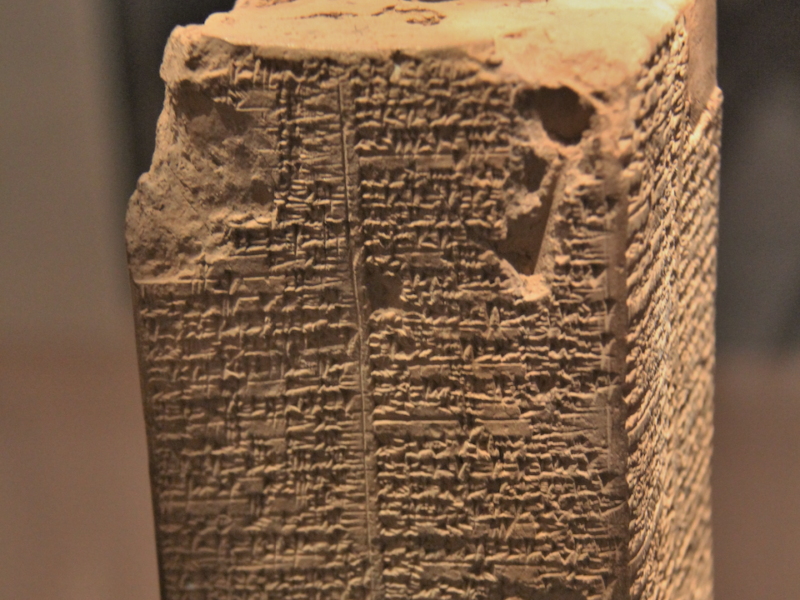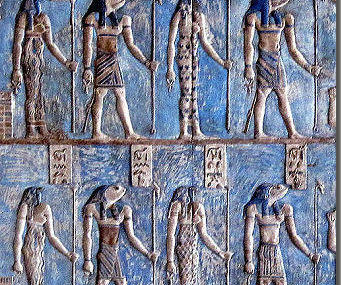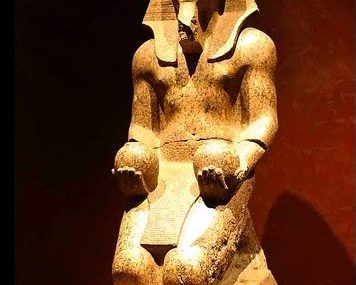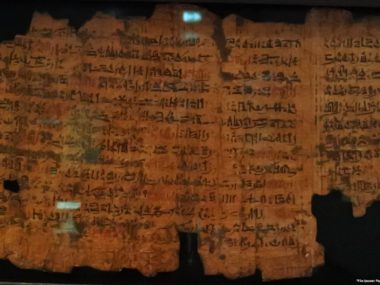Date: 2000 BC
Discovered: Larsa, Iraq
Period: Genesis 1–11
Keywords: Sumerian, antediluvian; Flood
Bible Passage: Genesis 5:3–10:10
Adapted from: Unearthing the Bible. Copyright © 2020 Titus Kennedy. Published by Harvest House Publishers, Eugene, Oregon 97408. www.harvesthousepublishers.com. The views expressed reflect those of the author, and not necessarily those of New Creation.
The Sumerian King List preserves a record of the kings of Sumer from local and foreign dynasties, including reign lengths and brief supplemental historical information. The oldest known sources preserving this list are a tablet from Larsa dating to about 2000 BC (WB 62) and the Weld-Blundell Prism1 (WB 444) from slightly before 1800 BC, ending with a king named Sin-magir of Isin who reigned in the late 19th century BC. The four-sided prism measures about 7.9 inches tall (20 cm) and 3.5 inches wide (9 cm), and the clay was impressed with cuneiform in the Sumerian language.
These cuneiform texts of the Sumerian King list are unique in that they record the names and extremely long reigns of the kings before the great deluge, the first city where the kings ruled, and a brief mention of the Flood. The reigns of these antediluvian kings were measured in the Sumerian numerical units known as sars (3,600), ners (600), and sosses (60) since the Sumerians operated with a sexagesimal base 60 mathematical system instead of the base 10 system commonly used today.
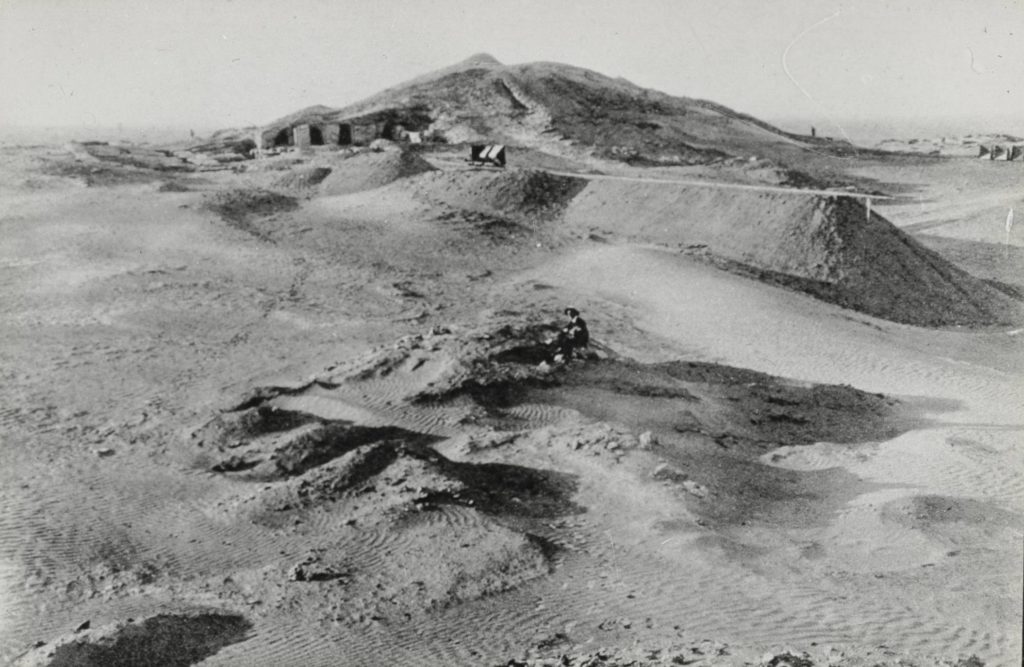
The text begins with “After the kingship descended from heaven, the kingship was in Eridu…” and goes on to list eight pre-Flood rulers with incredibly long life-spans ranging from 18,600 to 43,200 units. Archaeologically, Eridu (𒉣𒆠)at Tell Abu Shahrain, about 12 km southwest of Ur, has been considered the oldest city in Mesopotamia and possibly even the oldest city in the world. Eridu has also been suggested as a candidate for the location of the Tower of Babel due to its possible status as the “fist city” and a massive, ancient ziggurat2 constructed there.
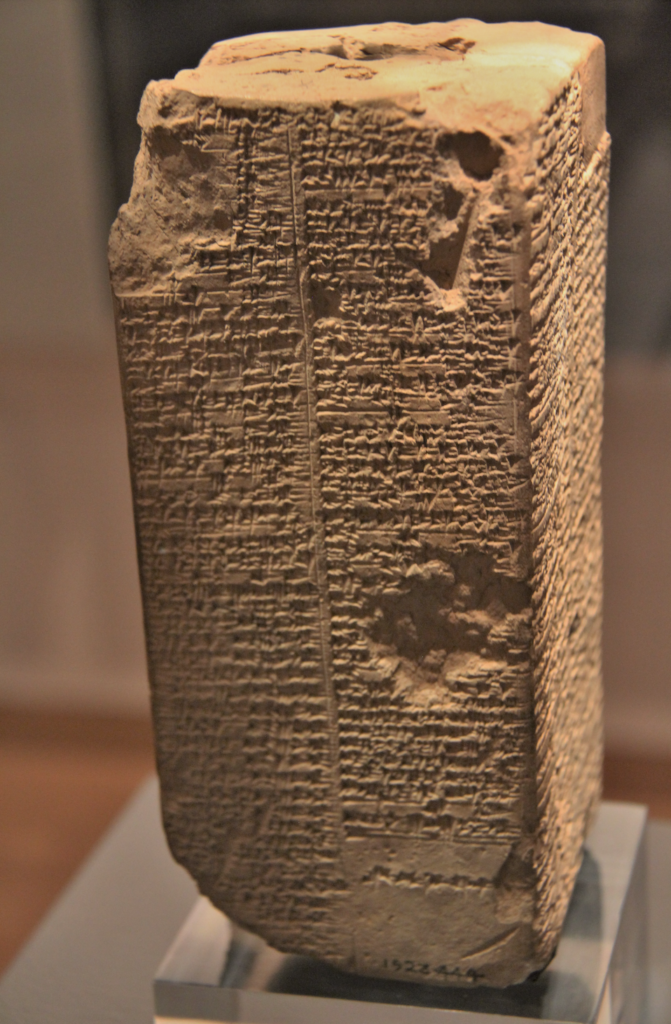
Following the list of these eight kings, the text then mentions “after the flood swept over…the kingship was in Kish” before continuing the record of later dynasties and kings. This city of Kish was probably founded around 3100 BC. Perhaps it is coincidence, but after Adam, there are also eight men listed in Genesis before Noah and the Flood.
Although the long reigns in the Sumerian King List probably do not correspond to our calculation of years, or the numbers are drastically inflated, comparisons between the pre-Flood and post-Flood reigns demonstrate that the Sumerians believed that the pre-Flood kings had lifespans several times longer than those who lived after the Flood, similar to a comparison between pre-Flood and post-Flood lifespans in Genesis.
As such, the Weld-Blundell Prism (WB 444) and the tablet from Larsa (WB 62) are ancient Mesopotamian sources stretching back almost 600 years before the time of Moses that document widespread belief about Eridu as the first city, people before the Flood having extremely long lifespans, and a Flood “reset” of civilization prior to 3000 BC.
Now Noah was six hundred years old when the flood of water came upon the earth (Genesis 7:6).
Footnotes
- Prism: In archaeology, a prism typically refers to a multi-sided clay artifact that usually contains writing on each of the sides. ↩︎
- Ziggurat: A monumental structure of successively terraced platforms constructed with clay bricks. A ziggurat was associated with religion, usually had a shrine or temple at the top, and may have been seen as a connection between earth and the heavens. The Etemenanki ziggurat in Babylon, now in ruins, was approximately 300 feet tall (91 meters), but larger ziggurats may have existed previously. ↩︎

